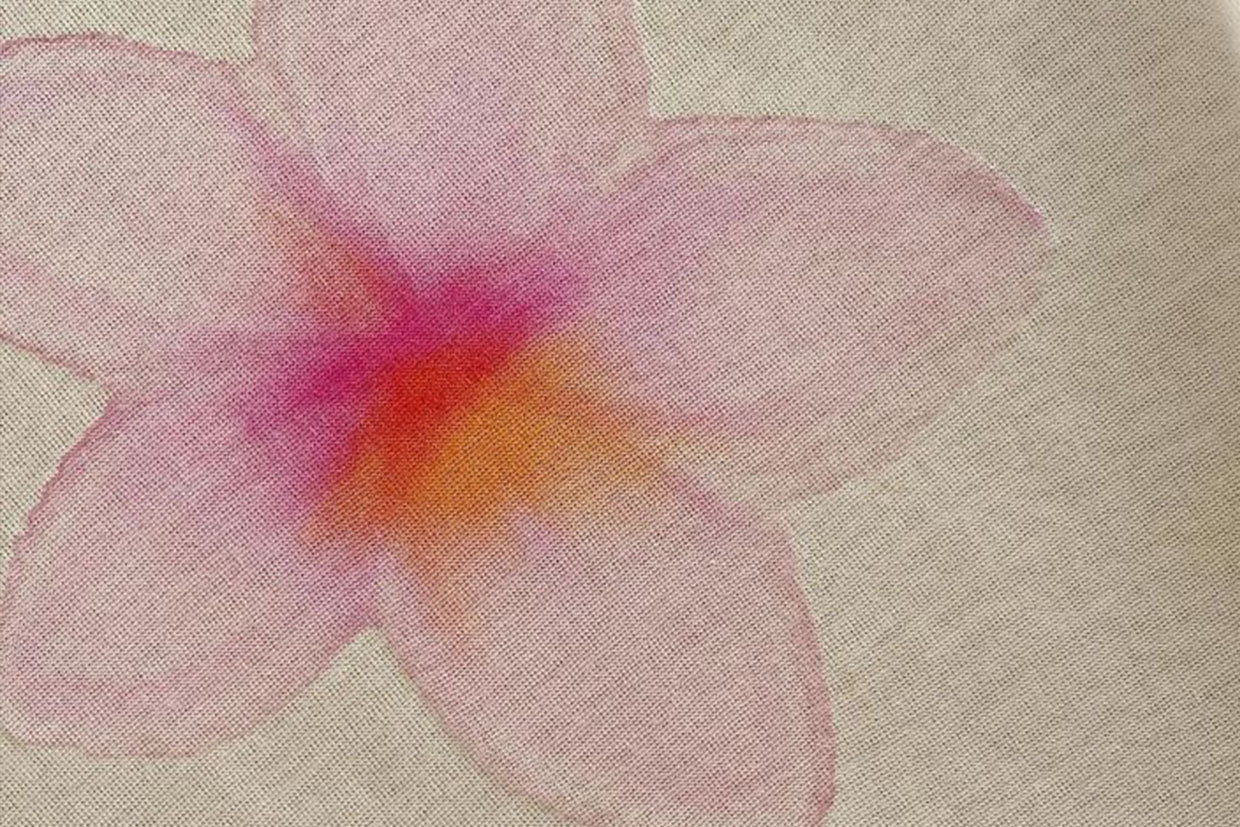Sex
Why Does My Vagina Smell Like Yogurt?
Why Does My Vagina Smell Like Yogurt? Ever wondered why your vagina sometimes has a scent reminiscent of yogurt? It's a common observation and, in most cases, a sign of a healthy vaginal environment. Let's dive into the reasons behind this phenomenon. 1. The Role of Lactobacilli: Your Vaginal Allies Your vagina maintains its health through a delicate balance of bacteria, predominantly Lactobacillus species. These beneficial bacteria produce lactic acid, which keeps the vaginal environment slightly acidic, typically with a pH between 3.8 and 4.5. This acidity inhibits the growth of harmful pathogens, acting as a natural defense mechanism. 2. The Yogurt Connection: Similarities in Fermentation The tangy scent you notice is due to the lactic acid produced by Lactobacilli. Interestingly, these same bacteria are used in the fermentation of foods like yogurt, sourdough bread, and certain cheeses, where they convert lactose into lactic acid, giving these foods their characteristic sour taste and smell. This shared process explains the similarity in scent between your vagina and yogurt. 3. When to Be Concerned: Recognizing Abnormal Odors While a mild, sour scent is normal, certain changes in vaginal odor can indicate an imbalance or infection: Bacterial Vaginosis (BV): This condition arises when there's an overgrowth of anaerobic bacteria, leading to a decrease in Lactobacilli. BV often presents with a thin, grayish discharge accompanied by a strong, fishy odor. Yeast Infections: Caused by an overgrowth of the fungus Candida, yeast infections typically result in a thick, white, cottage cheese-like discharge with minimal odor but significant itching and irritation. 4. Maintaining a Healthy Vaginal Environment To support your vaginal health: Avoid Douching: Douching can disrupt the natural balance of bacteria in your vagina, potentially leading to infections. Practice Safe Sex: Using condoms can help maintain the natural bacterial balance and reduce the risk of infections. Choose Breathable Fabrics: Wearing cotton underwear allows for better air circulation, reducing moisture buildup that can promote bacterial overgrowth. 5. When to Consult a Healthcare Provider If you notice a strong, fishy odor, unusual discharge, itching, or irritation, it's advisable to consult a healthcare professional. These symptoms could indicate an infection that may require treatment. Embracing Your Body's Natural Scent Understanding that a mild, yogurt-like scent is a normal aspect of vaginal health can help you feel more comfortable and confident. Embrace your body's natural processes, and remember that variations in scent can occur due to factors like diet, hormonal changes, and lifestyle. By staying informed and attentive to your body's signals, you can maintain optimal vaginal health and address any concerns promptly.
Learn moreUnderstanding Squirting
Exploring Female Squirting Squirting—often referred to as female ejaculation—is a natural and sometimes misunderstood phenomenon. During intense arousal or orgasm, some individuals experience the involuntary release of clear fluid through the urethra. Although research indicates that this fluid largely originates from the bladder, with minor contributions from the Skene’s glands, the experience itself is a unique and empowering expression of sexual pleasure. The phenomenon varies from person to person. Studies suggest that between 10% and 54% of women report squirting at orgasm (Pastor & Chmel, 2018 pubmed.ncbi.nlm.nih.gov). Scientific investigations using ultrasound and biochemical analysis have shown that before squirting, the bladder fills noticeably and empties completely after climax (Salama et al., 2015salon.com). This supports the idea that squirting is not “just urine” but a distinct release often associated with a deeper, highly pleasurable state. Embracing Your Unique Experience Every sexual experience is personal. Whether or not you experience squirting, understanding your body is key to sexual wellbeing. Many individuals find that exploring different forms of stimulation—especially with quality adult toys—can enhance arousal and lead to more fulfilling orgasms. Remember: there’s no “normal” when it comes to pleasure. Embrace your body’s responses with curiosity and self-compassion. The Role of Adult Toys in Sexual Exploration Modern adult toy brands are revolutionizing sexual wellness by offering products designed for both pleasure and education. For instance, curved vibrators targeting the G spot can help stimulate areas linked to squirting (Whipple, 2015 salon.com). These products are crafted with user safety and satisfaction in mind, empowering individuals to discover new dimensions of their sexuality. Investing in a high-quality sex toy not only enhances intimate moments but also supports a broader, sex-positive culture. Empowering Communication and Education Discussing topics like squirting can help dispel myths and reduce stigma. Open, honest communication with partners and reliable sex educators can foster a supportive environment where sexual experiences are celebrated rather than judged. This is especially important in a society where shame has often overshadowed genuine sexual exploration. Educators emphasize that understanding one’s body and desires is essential for a healthy sex life (Jannini et al., 2014 tandfonline.com). Final Thoughts Squirting is a testament to the diverse ways our bodies can experience pleasure. Whether you are exploring it for the first time or are already familiar with the sensation, know that your experience is valid and worthy of celebration. Embrace your journey with empathy, informed by scientific research and enriched by modern sexual wellness products. References: Pastor, Z., & Chmel, R. (2018). Differential diagnostics of female “sexual” fluids: a narrative review. International Urogynecology Journal. pubmed.ncbi.nlm.nih.gov Salama, S., Boitrelle, F., Gauquelin, A., Malagrida, L., Thiounn, N., & Desvaux, P. (2015). Nature and origin of “squirting” in female sexuality. The Journal of Sexual Medicine. salon.com Whipple, B. (2015). Female Ejaculation, G Spot, A Spot, and Should We Be Looking for Spots? Current Sexual Health Reports. salon.com Jannini, E. A., Buisson, O., & Rubio-Casillas, A. (2014). Beyond the G-spot: clitourethrovaginal complex anatomy in female orgasm. Nature Reviews Urology. de.wikipedia.org
Learn more




